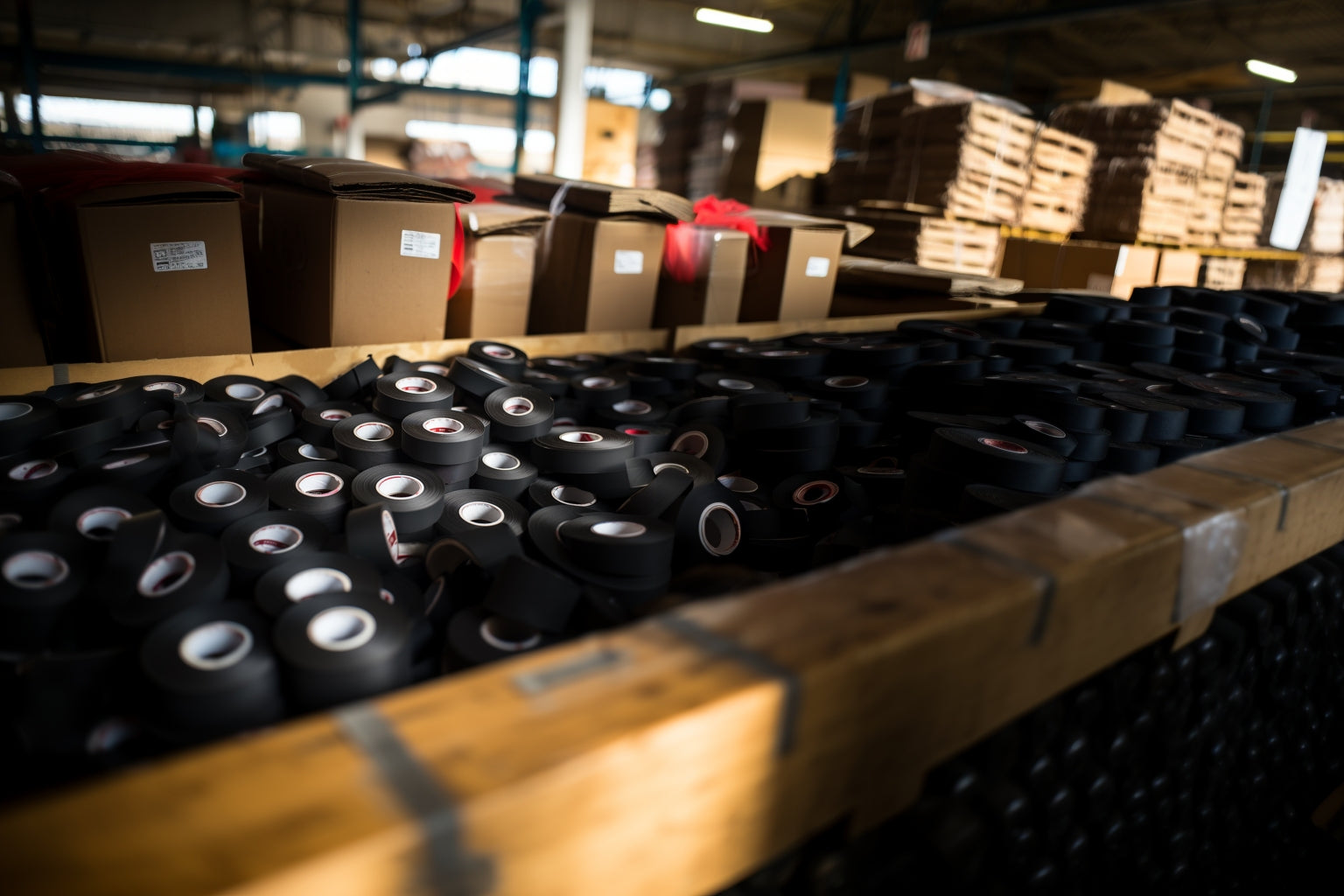Ice hockey is a fast-paced and exciting sport that has been enjoyed by millions of people around the world for over a century. However, the game would not be possible without the humble puck, a small disc that serves as the centerpiece of the sport. In this post, we will delve into the history of the ice hockey puck and examine how it has shaped the game. Additionally, we will explore the modern manufacturing process of the hockey puck and estimate how many pucks are used worldwide each year.
The origins of ice hockey can be traced back to the late 1800s when the game was first played in Canada. At the time, the pucks used in the game were made from frozen cow dung and were often mis-shaped, making it difficult to handle the puck during play. This resulted in a slow-paced and disorganized game that lacked the speed and excitement that would eventually come to define the sport.
In the 1940s, the first vulcanized rubber pucks were introduced, which were more durable and had a consistent shape, allowing for better control on the ice. This change had a profound impact on the game, enabling players to handle the puck with greater precision and allowing for a faster and more exciting style of play. The introduction of vulcanized rubber pucks was a major milestone in the development of ice hockey and paved the way for the modern game as we know it today.
The modern hockey puck is made from a mixture of rubber and other materials, and is frozen before use to reduce bounce during play. The manufacturing process involves mixing the rubber compounds, molding the mixture into the desired shape, and then freezing the puck to harden it. The pucks are then usually painted or printed with team logos or advertisements. This consistent and reliable manufacturing process has allowed for a standardization of the puck that has played a significant role in the development of the sport.
It is estimated that approximately 2 million hockey pucks are used worldwide each year. This figure takes into account all levels of play, from amateur to professional, as well as training and practice pucks. This is a testament to the popularity of the sport and the crucial role that the puck plays in the game.
In conclusion, the history of the ice hockey puck is a fascinating and integral part of the development of the sport. From the early days of frozen cow dung to the modern vulcanized rubber pucks, the evolution of the puck has been crucial to the speed, excitement, and popularity of ice hockey. The consistent manufacturing process of the modern hockey puck has played a significant role in the standardization of the sport and has allowed for a better playing experience for players and fans alike. With approximately 2 million pucks used worldwide each year, it is clear that the puck remains an indispensable part of the game of ice hockey.
Ice Hockey Puck: A Journey Through History and its Impact on the Game
Posted by Hockey Joe on



